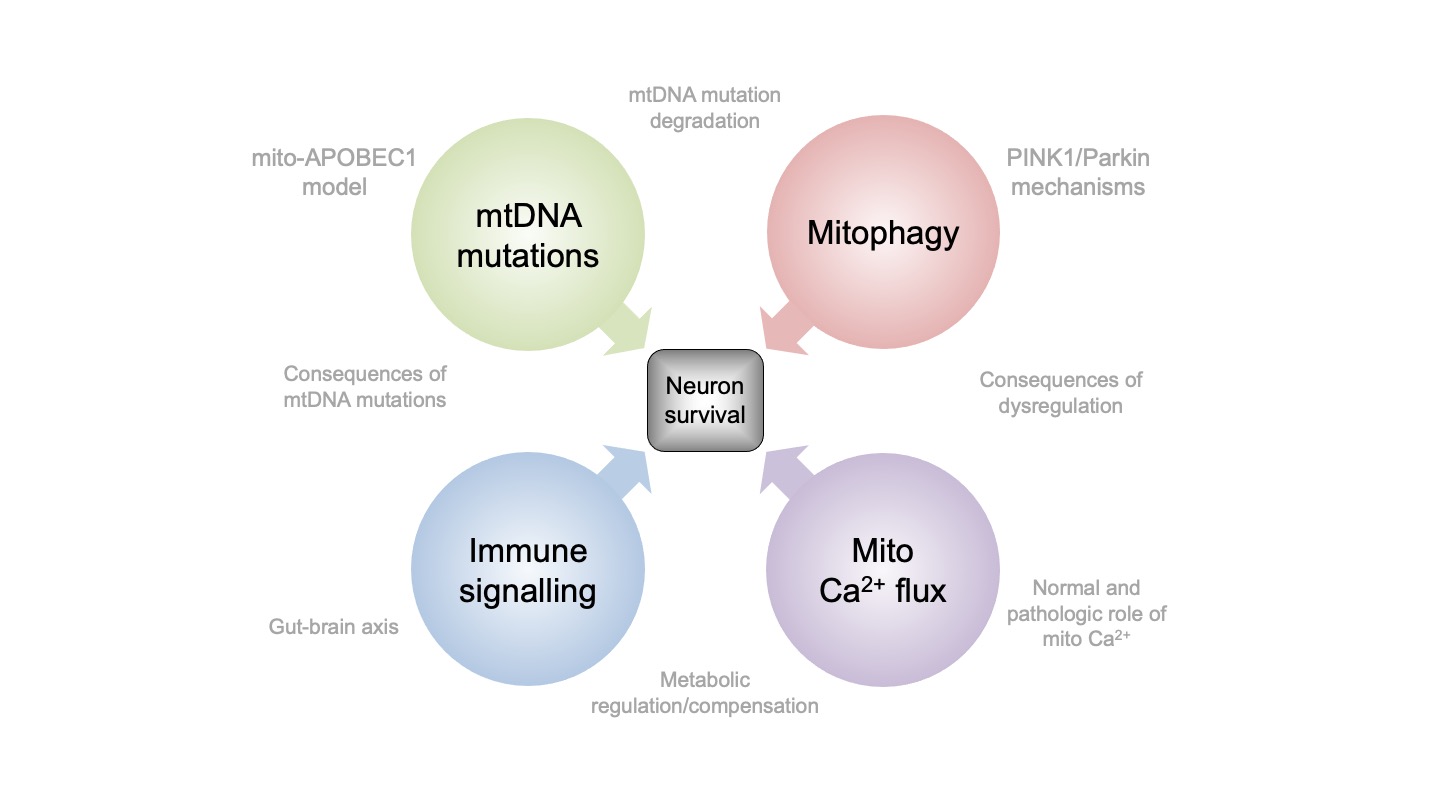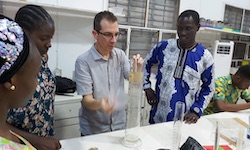CELL BIOLOGY OF MITOCHONDRIAL HOMEOSTASIS - LAY SUMMARY
Lay Summary
Mitochondria are an essential cellular organelle. They produce the majority of the cell’s energy and perform a number of protective roles such as sequestering potentially harmful chemicals. These processes are especially critical in high energy-demanding tissues such as brain and heart. There exist many processes that maintain a healthy network of mitochondria, including the regulated destruction of dysfunctional or damaged organelles. It is known that disturbances in these processes can lead to age-related neurodegenerative diseases such as Parkinson’s disease and motor neuron disease. Our group aims to understand how these processes work in order that we can devise ways to reverse or circumvent the root cause of such diseases. To do this we principally use the fruit fly, Drosophila melanogaster, as a model system. Drosophila have become a pre-eminent model system for biomedical research due to their remarkable conservation in cellular and molecular processes and the wide array of genetic tools available. This provides a powerful approach with which to unravel the basis of biological malfunctions that cause neurodegenerative diseases.



